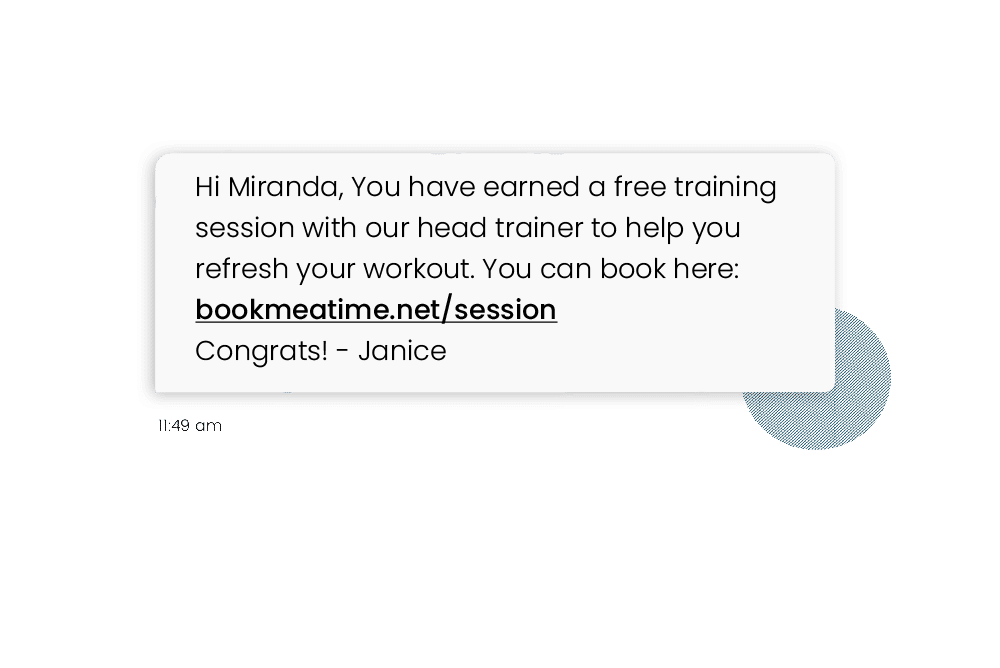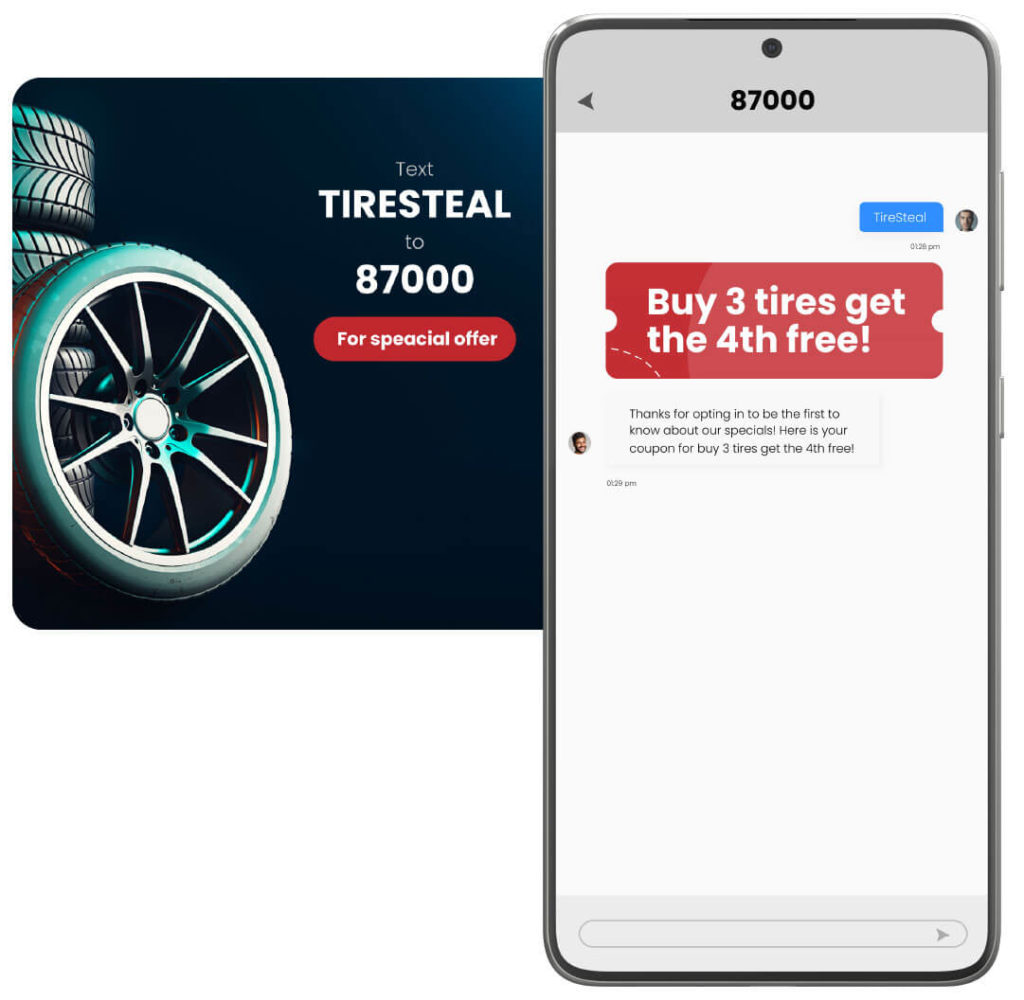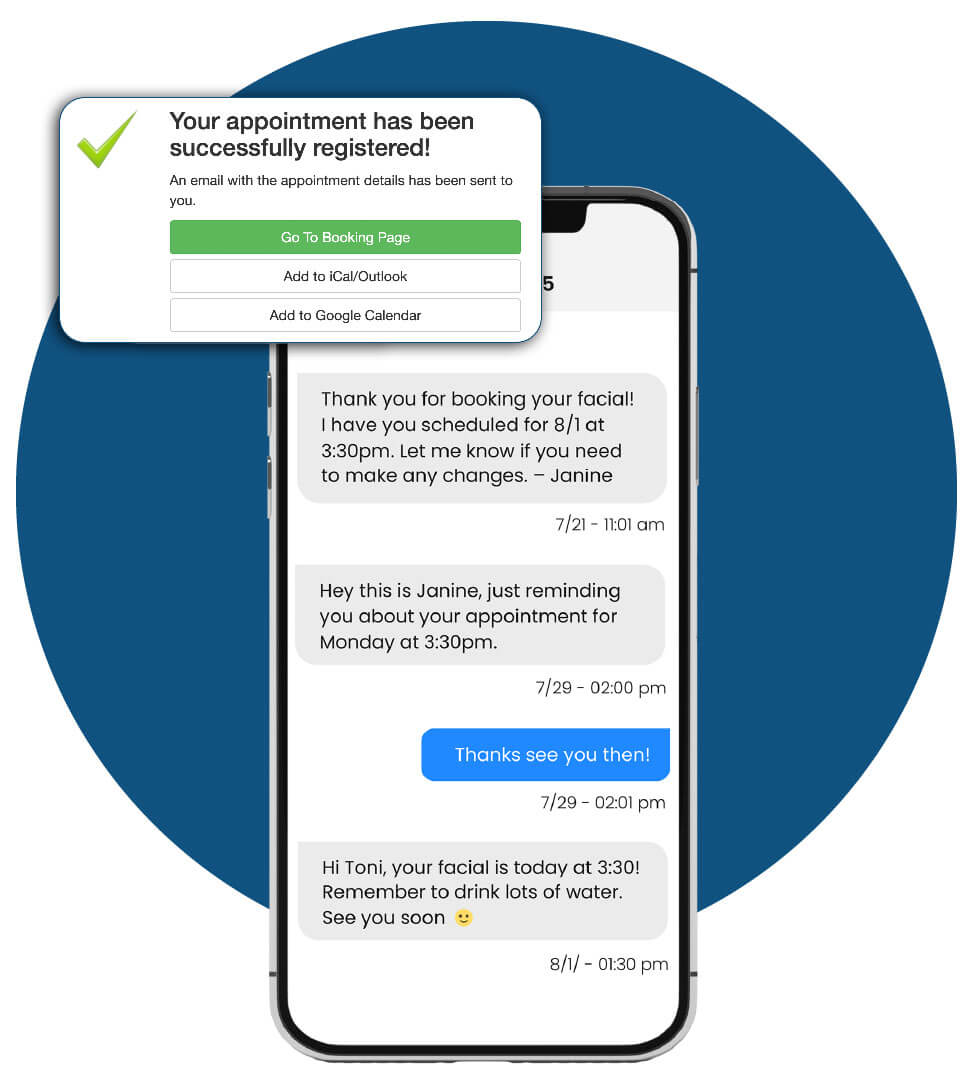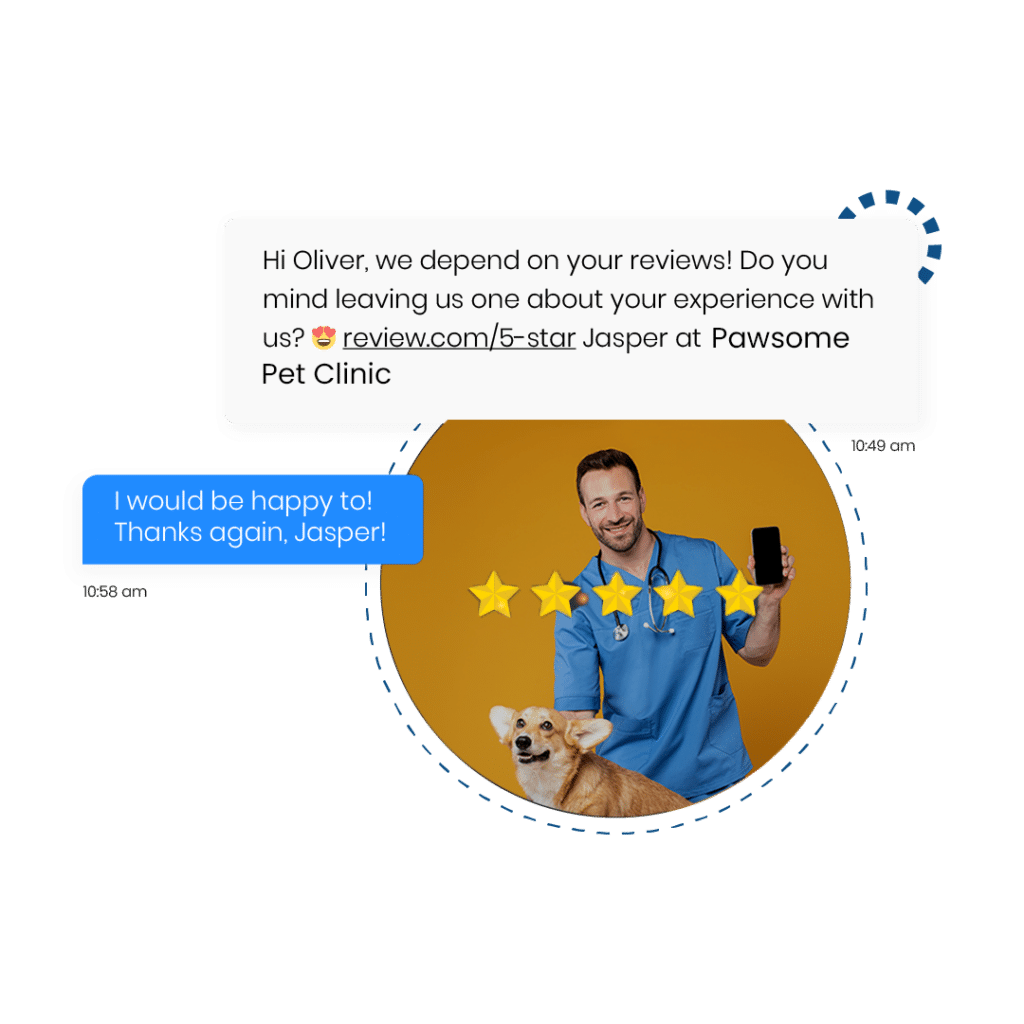
Cost-Effective Marketing Strategies to Promote Your Business
Marketing is one of the biggest challenges for businesses, especially those with limited budgets. Many companies struggle to compete with brands that have millions to spend on advertising.
However, marketing doesn’t have to be expensive to generate real results.
Most marketing efforts fail because they rely too much on short-term tactics. You might run an ad that brings a temporary boost in traffic. But the moment you stop paying, the engagement disappears.
Meanwhile, some businesses stay in front of their customers without constantly increasing their budget. The difference comes down to strategy. You can build a marketing system that attracts, nurtures, and retains your target market while staying practical.
In this article, we’ll explore cost-effective marketing strategies that help you promote your business and grow your revenue. From social media to text messaging, we will cover the best ways to get results without unnecessary spending.
How Businesses Spend Money on Marketing
Many small business owners believe that spending more means getting more customers. But if you’ve been investing in digital marketing, running campaigns on multiple social media accounts without seeing real growth, it’s time to re-evaluate your marketing efforts.
Most businesses don’t struggle because they aren’t trying hard enough. The real issue is that they’re prioritizing expensive ad campaigns over low-cost marketing strategies that deliver long-term results.
The good news? Once you identify where money is being wasted, you can shift your budget toward new marketing strategies that build a stronger connection with your target audience.
Paying for Traffic Instead of Building It
If you’re relying on Facebook, Instagram, or Google Ads to drive traffic, you’re paying for visitors who disappear the moment you stop running ads. This is a short-term solution that keeps you stuck in a cycle of spending. You get traffic, but you don’t actually own it.
A smarter strategy is to build organic traffic through SEO, engaging social media posts, and direct customer relationships. Instead of throwing money at ads every month, build long-term visibility through SEO, social media engagement, and direct communication channels like SMS marketing.
Ignoring Existing Customers
A common mistake is spending all your time and money on getting new customers while ignoring the ones who already trust your business.
Research shows that repeat customers spend 67% more than new customers. If you’re always chasing new leads but not following up with past buyers, you’re leaving easy sales on the table.
Keeping loyal customers engaged costs far less than acquiring new ones. Regular follow-ups, loyalty programs, and personalized messages can bring customers back without additional ad spending.
Spending on Marketing Without Tracking Results
Many businesses keep investing in the same ads or marketing tactics simply because they assume they work without checking the numbers.
Without proper tracking, you might be spending thousands on low-converting strategies while ignoring the ones that actually drive sales.
Instead of guessing, you need to rely on data. Free tools like Google Analytics or Facebook Insights can help you see which marketing channels are bringing in results.
3 Rules of Cost-Effective Marketing That Actually Work
The key to successful, low-cost marketing is focusing on what works best. Here are the three rules that separate smart marketing from wasteful spending:
Rule #1: Own Your Audience
If you are paying Facebook or Google to reach your audience, you are renting space rather than owning a direct connection with your customers.
The problem with this approach is that algorithms change, ad costs increase, and platforms limit how often your content reaches followers. Businesses that depend too much on these channels may see their marketing costs rise while their engagement drops.
A smarter strategy is to build a direct line of communication with your audience. This can be done through email marketing, SMS marketing, and community engagement.
Email lists allow businesses to reach customers whenever they want, while SMS marketing ensures messages are seen and acted on quickly.
Rule #2: Automate Customer Engagement
Many businesses struggle to keep up with customer engagement. Manually sending emails one by one or calling customers for appointment reminders can take up valuable time and resources.
Marketing automation allows you to stay connected with customers without increasing workload. You can set automated follow-ups, promotional campaigns, and reminders to maintain engagement.
However, automation should still feel personal. Customers should receive messages that sound like they are written for them rather than generic mass communication.
You can achieve similar results by using platforms like Textellent to schedule personalized messages, follow-ups, and special offers. Instead of spending time managing every customer interaction, automation helps businesses stay top-of-mind while still providing a personal touch.
Rule #3: Let Your Customers Do the Marketing for You
Marketing becomes far more cost-effective when customers help spread the word. If you focus only on attracting new customers, you’ll miss out on one of the most powerful and inexpensive marketing strategies—word-of-mouth.
People are more likely to trust recommendations from friends, family, and real customers over paid advertisements. Encouraging satisfied customers to leave reviews, share experiences on social media, or refer friends can grow your customer base without additional marketing expenses.
You can build strong referral programs, encourage customer reviews through follow-up messages, and showcase user-generated content on your website and social media marketing channels.
These strategies create trust and attract new customers without requiring large marketing budgets.
How to Build a Cost-Effective Marketing System
When you have the right system in place, you can generate leads, convert them into buyers, and keep them coming back without constantly increasing your marketing budget.
Let’s break down the three key steps to building a marketing system that works for your business.
Attract New Customers Without Overspending
If you’re counting on paid ads to bring in customers, you’re paying for every visitor instead of building long-term traffic.
Once you stop running ads, the leads dry up. The smarter approach is to focus on organic traffic sources that continue to bring in new leads without ongoing costs.
One of the best ways to achieve this is through content marketing and SEO. Writing blog posts that answer common customer questions and optimizing product pages for search engines can generate free traffic. Also, local SEO techniques can be valuable for local businesses.
Social media engagement also plays a key role by consistently posting valuable content and interacting with followers, which can build an audience without spending money on ads.
Convert Leads Into Paying Customers
Attracting visitors is only the first step. Without an effective conversion strategy, potential customers may leave without making a purchase.
You should guide leads through the buying process with clear, compelling messaging and well-timed follow-ups.
A key strategy for improving conversions is using direct, personalized communication. Email and SMS marketing are two of the most cost-effective tools for turning leads into buyers.
While email is excellent for nurturing long-term relationships, SMS marketing has the advantage of immediate engagement, with most texts being read within minutes.
People are more likely to buy when they feel like an offer was made just for them. Sending a text like, “Hey [Name], we noticed you checked out our product but didn’t buy. Here’s 10% off if you complete your order today!” can bring back lost sales.
You can start collecting phone numbers and emails from potential customers. Use Textellent to send automated follow-ups, promotions, and reminders that turn hesitant buyers into paying customers.
Keep Customers Coming Back
The easiest sale you’ll ever make is to someone who’s already bought from you. Yet many businesses make the mistake of focusing only on new customers while ignoring the ones they already have.
It’s five times cheaper to keep a customer than to find a new one. If you can get even 10% of your past customers to buy again, that’s instant growth without increasing your marketing budget.
You can give customers a reason to come back by offering points, discounts, or exclusive perks for repeat purchases.

If a customer hasn’t made a purchase in a while, send a friendly reminder. For example, a restaurant can send simple “Haven’t seen you in a while! Come back this week and enjoy a free appetizer” texts and get a 30% increase in returning customers.
You can set this up through automated SMS and email check-ins to bring them back and increase repeat sales without increasing your marketing budget.
Why SMS Marketing Should Be Part of Your Strategy
Most businesses rely on email, social media, or paid advertising to reach customers. The problem is that these channels either require constant spending or struggle with declining engagement.
People sign up for email lists every day. And even if someone opens your email, there’s no guarantee they’ll act on it. They might save it for later, forget about it, or let it sit unread in their inbox forever.
Text messages, on the other hand, feel urgent and personal. That’s why people respond to them almost immediately.
If your business relies too much on email or social media and struggles with low engagement, slow responses, or declining reach, it’s time to switch to SMS marketing.
- Higher open & engagement rates: Customers actually read and respond to texts
- More direct & less competition: No spam folders or distracting social media feeds
- Faster customer responses: Most people reply to texts within minutes
- Personalized & exclusive: Text messages feel more direct and tailored
- Accessible to everyone: No internet, apps, or logins required
Customers appreciate SMS marketing when it’s done right. They don’t have to go through emails, log into an app, or scroll endlessly to find your latest promotion. Instead, they get a simple, clear message that offers something valuable.
Want to see how SMS marketing can increase engagement and sales for your business? Sign up for a free trial and start reaching customers now!
How Textellent Helps Your Business Scale With SMS Marketing
Most small businesses struggle to reach customers consistently, increase repeat sales, and compete with larger brands, especially without a huge marketing budget.
Traditional methods like email marketing and social media are unreliable, slow, and often require paid ads to get real engagement.
If you’re tired of spending more for less, SMS marketing with Textellent can change that. Textellent’s automated, high-conversion texting platform helps you stay connected with customers.
Here’s how Textellent helps you scale your business while making your marketing more profitable.
Turn Advertising Into an Ongoing Conversation
Most businesses invest in ads, but many fail to maximize their return because they don’t capture and retain the attention of potential customers. If someone sees your ad and leaves, you’ve lost them. With Textellent, you can turn one-time visitors into long-term subscribers using keyword opt-ins and automated follow-ups.

Keyword opt-ins allow customers to subscribe to your text campaigns by texting a simple keyword. Instead of losing leads after an ad campaign ends, you can continue sending promotions and updates.
Speed-to-lead follow-ups automatically send a text to prospects as soon as they complete a web form or respond to an ad. This ensures immediate engagement while they’re still interested.
Engage With Smart Segmentation
Not all customers have the same interests, yet many businesses send the same generic marketing messages to their entire list. This results in low engagement and missed sales opportunities.
Textellent allows you to automatically segment customers based on their interests, past purchases, or how they opted in. Rather than blasting the same message to everyone, you can send personalized offers that are more likely to convert.
You can use SMS segmentation to send targeted messages based on membership status. New leads receive a drip campaign with trial offers while existing members get renewal reminders and exclusive deals.
Automate the Sales Process
Customers today expect quick and easy ways to book services, redeem offers, and get questions answered. If your business requires them to call during business hours or wait for an email response, you’re likely losing sales.
Textellent removes these barriers by allowing customers to take action instantly through text.

An automated appointment scheduling allows customers to book services via SMS without needing to call. Text-based coupons let them redeem offers with a simple tap, while two-way messaging makes it easy for them to ask questions and receive quick responses.
Stay Top-Of-Mind With Automated Campaigns
Many businesses lose repeat sales because they fail to follow up consistently. Textellent helps you stay top-of-mind with automated campaigns that re-engage customers at the right time.
Seasonal promotions ensure customers receive timely reminders about relevant services, and drip campaigns nurture leads over time until they’re ready to buy.
Happy Customers Are the Best Marketing Asset
Satisfied customers are more likely to refer friends, leave positive reviews, and return for repeat purchases. But they often need a little encouragement.
Textellent makes it easy to turn happy customers into active brand advocates.

You can automate review requests after a purchase or service, increasing the likelihood of receiving positive feedback online. Customers can also be encouraged to refer friends and family through exclusive referral programs to help them gain new customers.
Cut Marketing Waste and Reach Customers Instantly With Textellent!
You send out emails, but they get buried in inboxes. You spend hours crafting promotions, only to watch engagement stay low. If you’re tired of pouring money into strategies that don’t generate consistent sales, it’s time to rethink how you reach your customers.
Marketing your business shouldn’t feel like a constant struggle between rising costs and declining results. The best cost-effective marketing strategies focus on building organic traffic and increasing repeat customers.
Textellent helps you take control. Instead of spending on clicks and impressions with no guaranteed return, SMS marketing lets you connect with your customers. With 98% of text messages opened within minutes, your promotions and exclusive deals actually get seen.
Whether you want to boost sales, increase repeat business, or automate customer follow-ups, Textellent makes it easy to engage your audience without draining your marketing budget.
You don’t have to keep overspending to grow your business. With Textellent, you can launch high-impact SMS campaigns that increase engagement and drive revenue while keeping costs low.

If you’re ready to cut wasted marketing spend and get real results, sign up for a free trial or request a demo consultation today!
FAQs About Cost-Effective Marketing Strategies
What are cost-effective strategies?
Cost-effective strategies include content marketing, SEO, email and SMS marketing, referral programs, and social media engagement. These methods help businesses attract and retain customers without high advertising costs.
A restaurant can use SMS to send exclusive discounts to past customers, increasing repeat visits without running new ads.
What is cost-effectiveness in marketing?
Cost-effectiveness in marketing means getting the best return on investment while spending as little as possible. A campaign is cost-effective if it generates high engagement and sales without ongoing high costs.
You can measure this by tracking customer acquisition costs, return on investment, and lifetime customer value. Retaining customers through SMS marketing is often more cost-effective than continuously paying for new ones.
What is the 70/20/10 rule for a marketing budget?
The 70/20/10 rule helps businesses allocate their marketing budget better.
Seventy percent is spent on proven marketing strategies.
Twenty percent goes to testing new methods.
Ten percent is reserved for experimenting with the latest trends.If you’re using SMS marketing, it may dedicate most of its budget to growing your subscriber list, testing its integration with email follow-ups, and experimenting with new automation tools.





